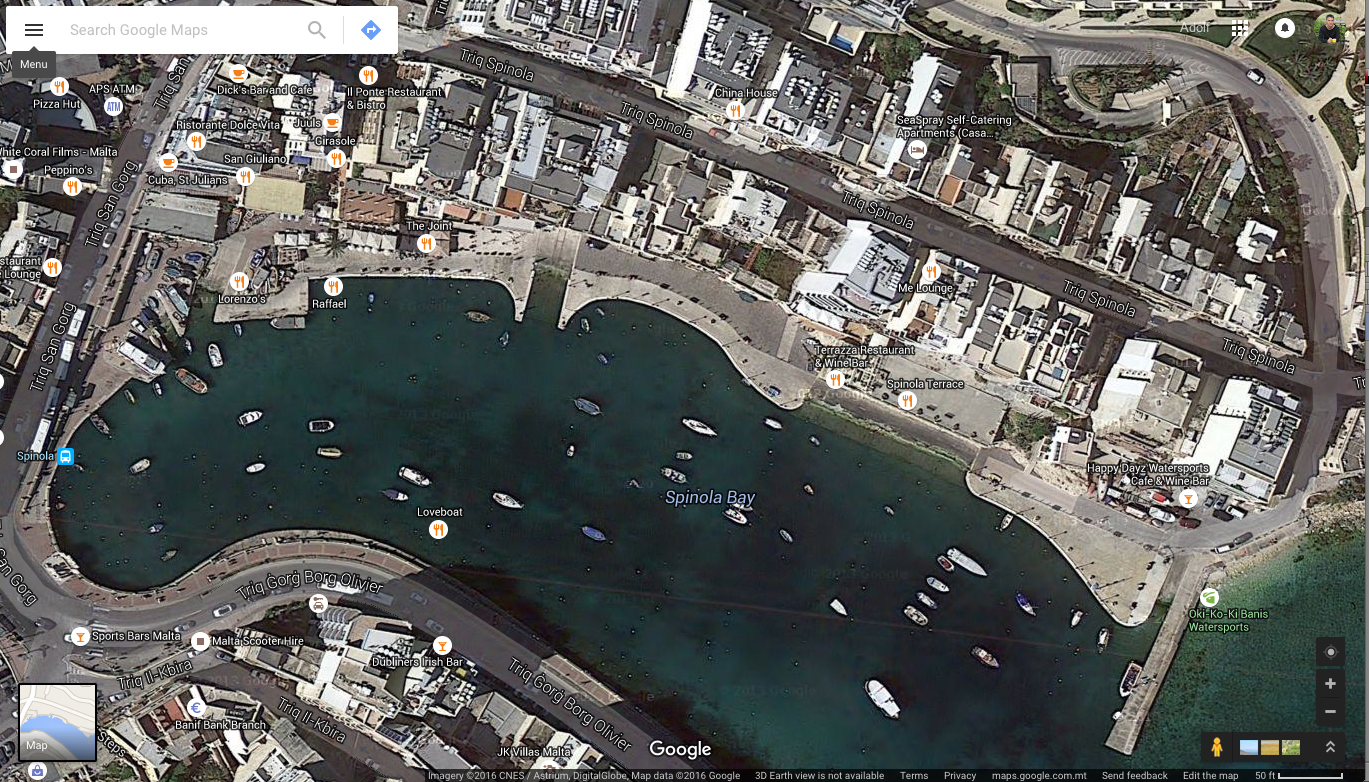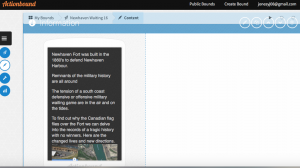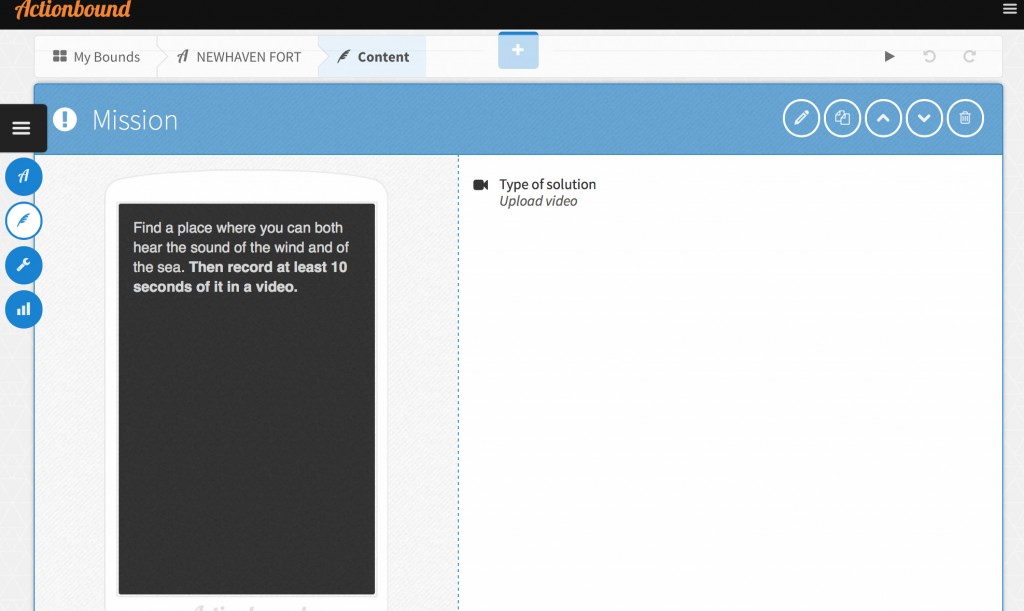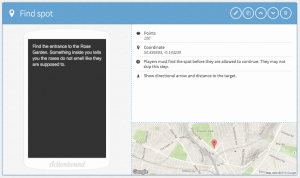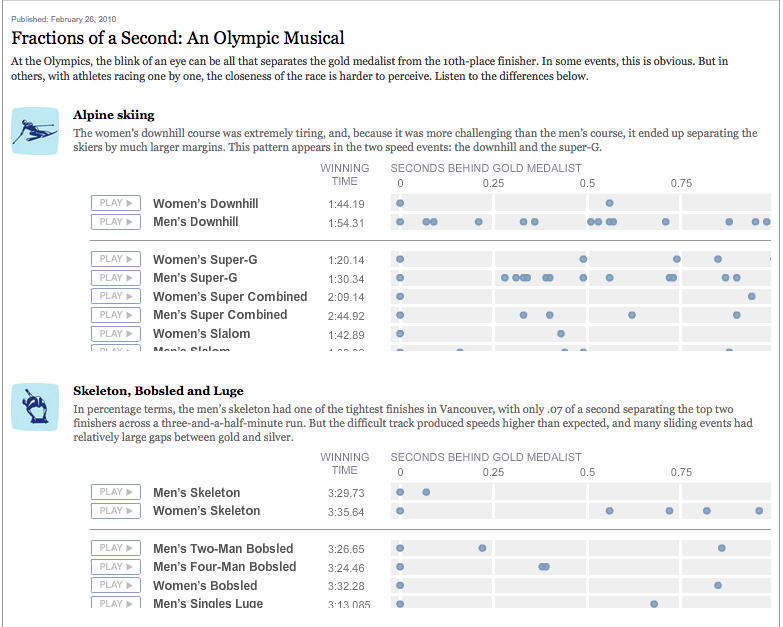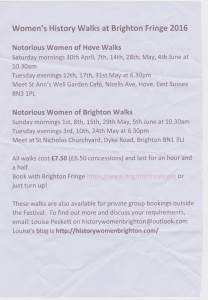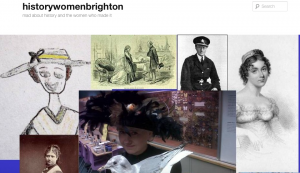A Literary project relating stories, conversations, lives and poetry about the sea, by the sea. Benches that line the bay set the scene for the visitor to encounter narratives of people conversing intimately or routinely around life by the sea. Fishermen fixing boats, preparing nets and setting sail, and returning from a day at sea to sell their daily catch. The homeless seaman, taking naps on the benches with skin burnt by the sun and coarse living in the bay. Record his unintelligible stories. A bay adorned by multiple traditional fishing boats and a statue of ‘Toninu is-sajjied’ (Toninu the fisherman), to whom a traditional song was also dedicated. Traditional Maltese Poetry will be listened to as one proceeds from bench to bench: the central theme being the sea, while the physical medium being the bench. Conversations with fishermen will inform narratives on life at sea. At the top of the bay Spinola Palace historically guards against invaders.
Mission of Bound
While basking in the sun, in the meditative form of sitting on a bench by the sea, you can engage primarily by listening to poetry and stories of the sea. You can further engage by recording own thoughts, conversations, sounds, human interactive sounds, and poetry. These can then be uploaded as storytelling lived bodily experiences for that particular bench, for others to engage with in the future. Thus, while engaging with the history of the fishing seaside village/bay, by listening to historic accounts through local poetry and storytelling, you are also forming the story of its present and future, through immersion in the physical medium of the benches that line the bay.
Mobile locative narratives set the scene for the sharing of stories through different forms: auditory, literary and other textual forms. The blurring of the physical world and storytelling space is marked by “nodes” (Ritchie, 2014, p.63) in the form of wayfinding markers, such as benches, boats, statues and people. The bench is the physical medium “to bridge the digitally and physically mediated story spaces formed by digital media and the environment” (Ritchie, p.55). Thus the line between the storyworld and the physical world is indistinct and “the immersive nature of the story thus mediated” (Ritchie, 2014, p.55). On the walk by the sea, sitting on the bench and in interaction with the locals of the seaside village, the physical environment becomes “a medium through which a story can be told through the actions of its inhabitants in the spaces themselves” (Ritchie, 2014, p.58). (Non) linearity of sequence, which influences perception, and the tying of a narrative to a location are aspects of fundamental significance in the spatial storytelling of this actionbound experience.
Bibliography
Ritchie, J., 2014. The Affordances and Constraints of Mobile Locative Narratives [pdf] Available at: <https://studentcentral.brighton.ac.uk/bbcswebdav/pid-2614712-dt-content-rid-4977735_1/courses/MJM20_2015/Ritchie_2014_The%20Affordances%20and%20Contraints%20of%20Mobile%20Locative%20Narratives.pdf> [Accessed 12 March 2016].

